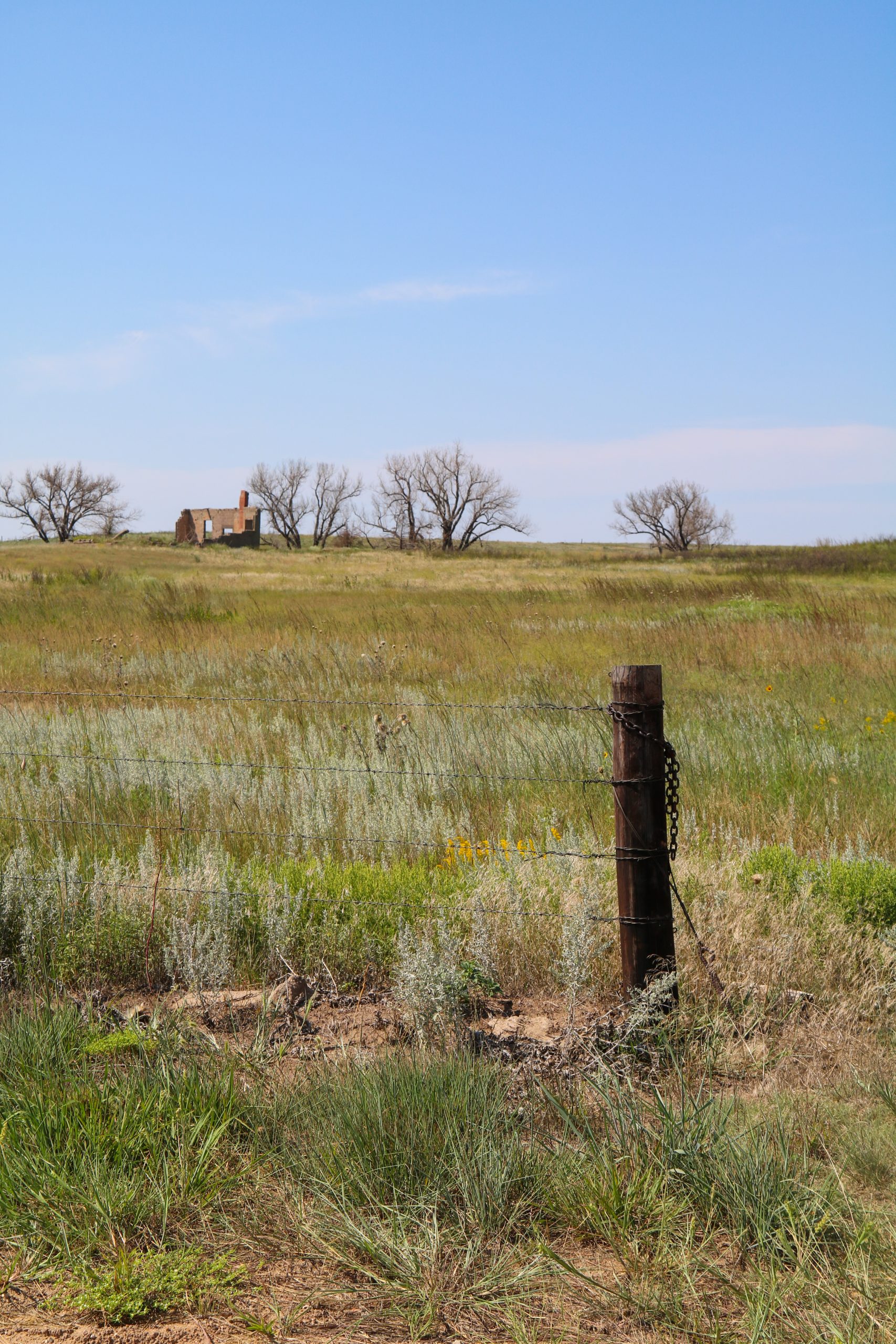Pasture leasing should benefit both parties involved. The landowner gains someone utilizing acreage that may otherwise be abandoned, someone around that can see problems arise and take conservation action, not to mention some cash flow. The tenant gains land usage without the risk of purchase and taxes, allowing their livestock or haying operation to be expanded.
For all oral agreements, and unless noted in a written agreement, the deadline to change contract terms or notify either party of termination is quickly approaching. In Kansas, the deadline is thirty days before March 1, so with 2024 being a leap year, all notifications must be complete by Jan. 31. Written agreements with an ending date do not have to follow this deadline. All renewal and termination dates should be spelled out clearly in written and signed agreements.
There are sample contracts available at each Extension office for you to customize to your situation. When writing a contract, include which party will be responsible for maintaining the fences and watering systems and monitoring the pasture condition. Include who will be providing care for the livestock. A written contract, with an ending date, will help tremendously to keep everyone on the same page; and if one party becomes unavailable to fulfill the agreement, then family members have clear expectations. The ending date is important, giving the landowner and tenant a predetermined time to review and either terminate or renew.
It’s advisable to do a pasture walk, or drive, so both parties are aware of pasture conditions. Specifically looking at, but not limited to, forage quality and quantity, debris accumulation, fence conditions, water availability. Acts of nature happen without notification, lightning struck trees fall on fences. Drought conditions cause forage production loss. These types of situations should be discussed at the beginning of the arrangement and plans made for their occurrence.
Determining rental rates is not an exact science. Local supply and demand, anticipated conditions and even long-standing relationships impact rental rates. Other influences on rate can be forage quality, stocking rate or length of grazing season. Cash leases are probably the most used in Southeast Kansas, either on a monthly, seasonal, or yearly basis. A share agreement may be a more equitable way to calculate rental rates, but this does require more number crunching and record keeping. When profit sharing, both parties manage risk and gains. The key is understanding the input values to calculate income sharing. Decision tools are available to determine the values in your exact situation.
Regular communication during the year can better position the parties for handling unexpected circumstances and maintaining good working relationships.




